Research Article
Combination Neural Network and Financial Indices for Stock Price Prediction
Department of Management, University of Guilan, Rasht, Iran
Meysam Shaverdi
Young Research Club, Ilam Branch, Islamic Azad University, Ilam, Iran
Ako Faridi
Islamic Azad University, Sanandaj Branch, Sanandaj, Iran









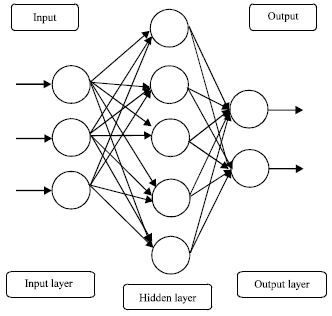
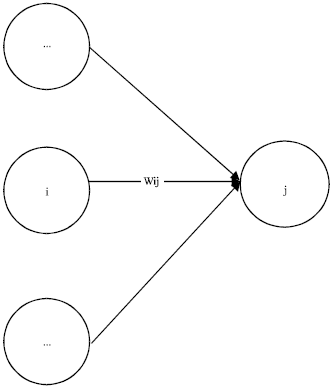

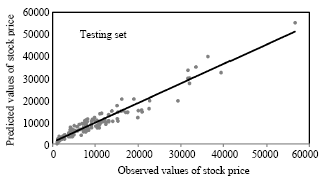
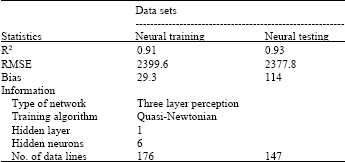

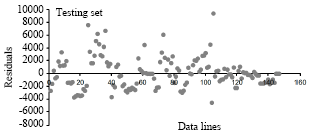

Juan Cevallos Reply
Interesting way to combine neural networks with index. It would be possible to apply to other fields